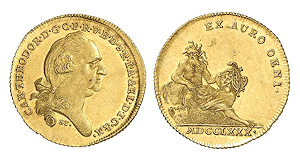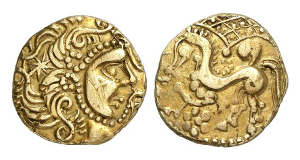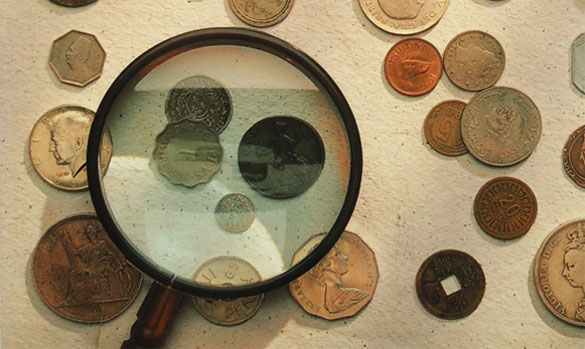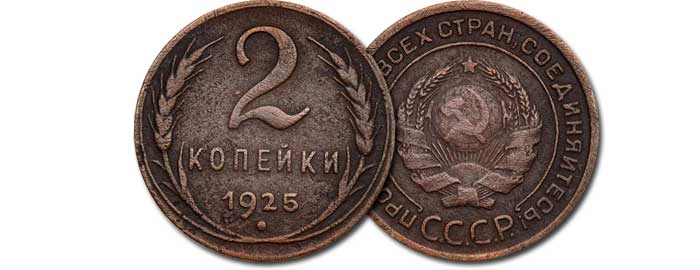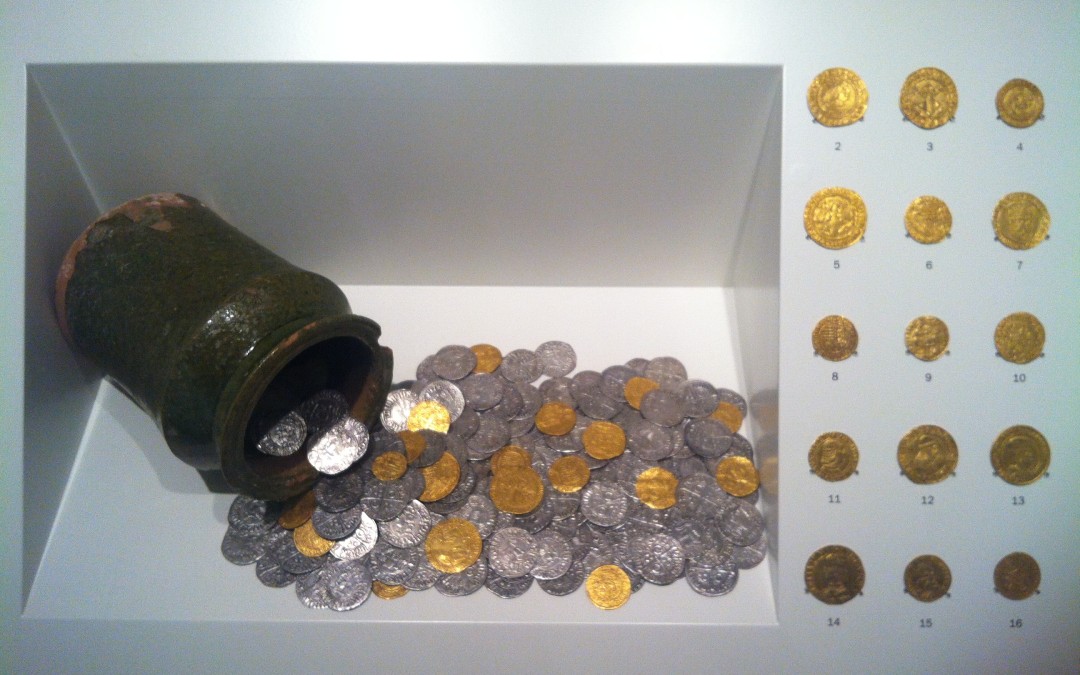commemorative coins
Russian coins and medals (XV-XX century)
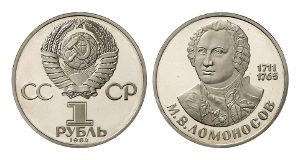 The history of Russian coins is still relatively short. In its development, the monetary business of Russia did not directly rely on ancient or medieval designs, and yet in an amazingly short time it reached such a level of diversity and beauty that collectors quickly become fascinated with striking images on coins and medals, as well as large-scale gold and silver minting.
The history of Russian coins is still relatively short. In its development, the monetary business of Russia did not directly rely on ancient or medieval designs, and yet in an amazingly short time it reached such a level of diversity and beauty that collectors quickly become fascinated with striking images on coins and medals, as well as large-scale gold and silver minting.
Whereas the money of many countries of the world, such as the American dollar, takes its name from the silver thaler, minted since the end of the 15th century, Russia has come a special way in the field of coinage. Continue reading
Commemorative coins
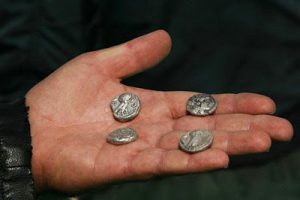 In the new history there are many anniversaries, celebrations, coronations, which you can almost always find out by looking at the coins issued in honor of this event. A Soviet soldier with a rescued girl in his arms tells about the feat of the people who defeated fascism; Mount Fuji and the intertwined five rings speak of the XVII Olympic Games; the bald Franz Josef recalls the longevity of his reign in the patchwork of the Austro-Hungarian Empire.
In the new history there are many anniversaries, celebrations, coronations, which you can almost always find out by looking at the coins issued in honor of this event. A Soviet soldier with a rescued girl in his arms tells about the feat of the people who defeated fascism; Mount Fuji and the intertwined five rings speak of the XVII Olympic Games; the bald Franz Josef recalls the longevity of his reign in the patchwork of the Austro-Hungarian Empire.
Many events were marked by the release of commemorative coins, which, unlike the medals, were endowed with a certain coin standard and nominal value. Continue reading

